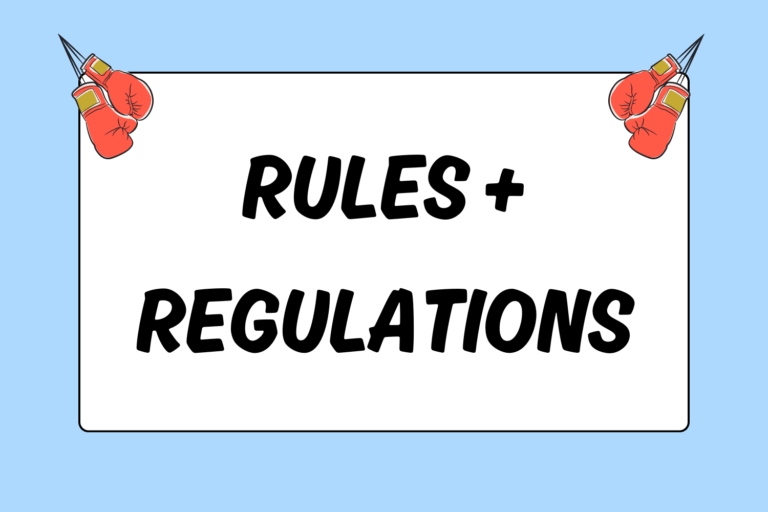Some of the best boxers in the world lack overwhelming speed and power. Although they may not be the biggest or fastest boxers roaming the ring, they often are the smoothest and smartest. Intelligence in the ring comes from hard work and strategic training.
Find a Training Partner and as you begin to spar, use each round to focus on an individual technique. Begin by working on a specific combination or a particular defensive maneuver. Once you’re comfortable with your basic offense and defense, you can combine the two with counterpunching. This guide discusses some easy ways to counter your opponent’s jab if you and your opponent are both orthodox fighters.
What is Counterpunching?
Even the slickest of boxers get caught out of position once in a while. In fact, whenever you throw a punch, you leave yourself open for a punch. Disguise your punches by throwing them in combinations, feinting, and continuously changing your position by moving forward, backward, and side-to-side.
Counterpunching involves defensive skill and offensive tactics. The point is to exploit your opponent’s vulnerabilities after he throws a punch. As your opponent throws various punches, he opens himself up for a counterattack. The jab is the simplest punch to counter.
Orthodox versus Orthodox
Most bouts consist of two orthodox boxers. The following countering techniques are applicable if you are an orthodox boxer fighting another orthodox boxer. These techniques are also applicable if you are a southpaw fighting another southpaw, but you’ll need to use the opposite hand or slip the opposite way in order for them to work.
Parrying & Blocking
One way to defend against your opponent’s jab is to block it or parry it. Blocking the jab basically equates to catching it. To block:
- Place your right glove in front of your face.
- Turn the inside of your right glove toward your opponent.
- Push slightly forward in order to cushion the impact of the incoming jab.
The parry is similar to the block, but instead of catching the incoming jab, you deflect it by tapping the outside of your opponent’s wrist. Parrying the jab does the following:
- Protects you.
- Interrupts the flow of your opponent’s combination.
- Knocks your opponent off balance if he overextends while jabbing.
Be careful not to overextend as you parry — doing so leaves you vulnerable. Your parry should be a slight movement that allows you to quickly follow up with another defensive maneuver or counterpunch.
Countering Off of the Parry/Block
Once you are comfortable with the block and parry, you can implement some basic counters. The easiest counter after blocking or parrying is to throw your own jab. You should be able to land a counter jab as long as your opponent hasn’t shifted his right hand over to block or parry it. You can also throw simple combinations such as the jab, cross (1-2) or the jab, cross, hook (1-2-3).
Another counterattack involves throwing a cross, also known as a straight right, after parrying the opponent’s jab. You must be quick in order to implement this tactic. Most importantly, though, you must be fluid with your movements in order to have success with this counter. To throw a cross:
- Parry the jab with your right hand while turning your back hip slightly forward.
- Continue rotating your hip forward as you turn your parry into a fluid straight right.
- Be sure to get your right hand back to your head as soon as it lands on the opponent.
The last counter we’ll review is the parry followed by a left uppercut. You have to be quick as you try this counter because the left uppercut forces you to lean slightly to the left, which is closer to your opponent’s powerful right hand. Parry the jab with your right then quickly throw a left uppercut. This counter uppercut often works well when you follow it up with a short right hand or right hook.
Slipping
Slipping is another way to defend against an incoming jab from your opponent. In most cases you should slip to your right, thus avoiding your opponent’s right hand. Slipping to the right protects you and also allows you to take advantage of the openings along the left side of your opponent’s body.
Hot Tip: Watch the Cross!
The most common combination, other than the double jab, is the jab, cross (also referred to as the one-two). While implementing your counters, do your best not to get stung by his cross. In general, blocking, parrying, or slipping the jab will disrupt his rhythm, but always be aware that the cross often follows the jab.
Countering off of a Slip
Counterpunches after a slip are often slower than counterpunches following a block or parry. In fact, sometimes it works better to slip and pivot to your right before you counter. Other times you can expose vulnerabilities by simply slipping and throwing. For instance, it is quite easy to slip to the right while throwing your own jab simultaneously. This allows you to avoid the incoming jab while catching your opponent off guard with a jab of your own.
You can also counter by landing a right hook to the left side of your opponent’s body after you slip. This maneuver does not require you to pivot, so you can act swiftly. In order to throw the hook to the body you’ll need to bend your legs, though, otherwise you’ll be off balance. You can usually follow a hook to the body with a hook to the head.
Most effective counter punching techniques can be approached in two distinct ways:
- You can simply slip, then counterpunch.
- You can slip, pivot, and then counterpunch.
To perform the first technique, slip to your right then come back with a straight right of your own. In essence, you are following your opponent’s jab hand with your right hand. As he brings his jab hand back to his face, you can throw your straight right over the top.
The second option requires you to slip and pivot prior to throwing your own punches. Slip the jab to the right then pivot to your right as quickly as possible by using your left foot as a fulcrum. The goal is to leave your opponent out of position, because he will no longer be facing you after you pivot. After you pivot, you can throw a devastating right cross, left hook (2-3) combination. Keep in mind that you only need a slight pivot in order for the move to be effective.
Act Quickly
It is important to act quickly when practicing your counterpunches, even if you choose more advanced options that require a pivot. Make all of your movements tight and do not over exaggerate. Similarly, don’t overextend when parrying or blocking. Be slight with your head movement and slips. Lastly, if you choose to pivot, you only need to turn at a 45-degree angle. You sacrifice speed and effectiveness by pivoting too far. The openings on your opponent will appear much more apparent as you develop speed and learn how to keep your movements short.





